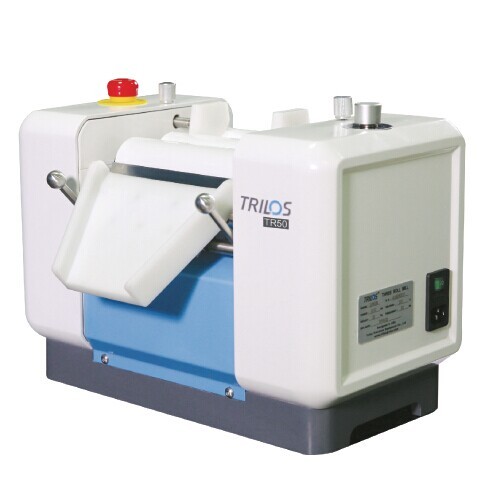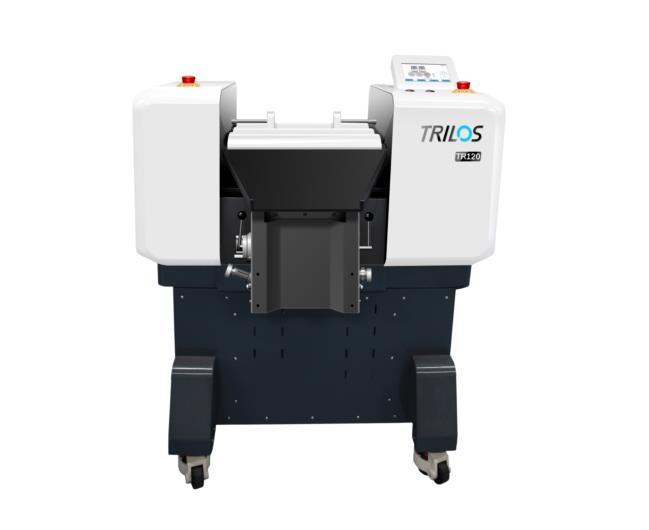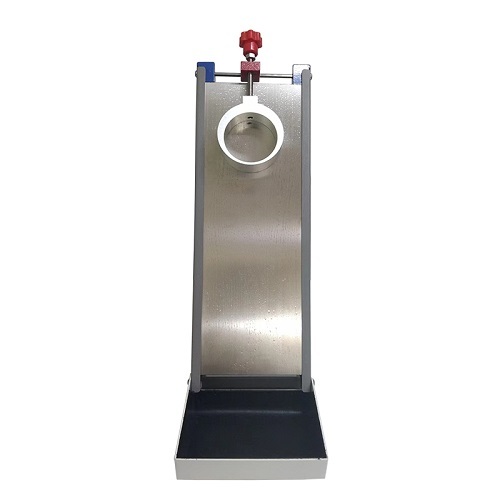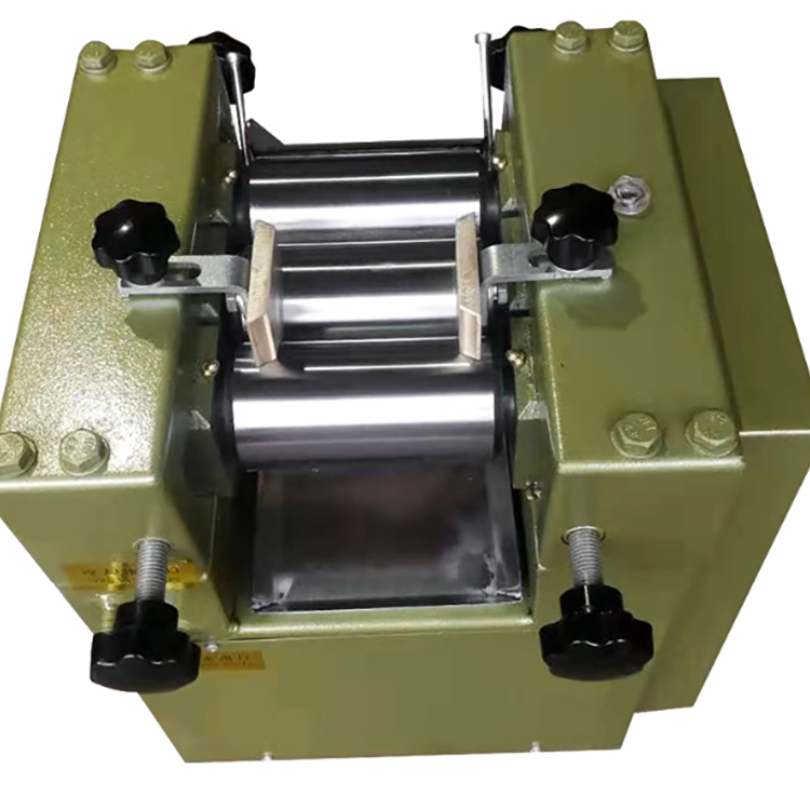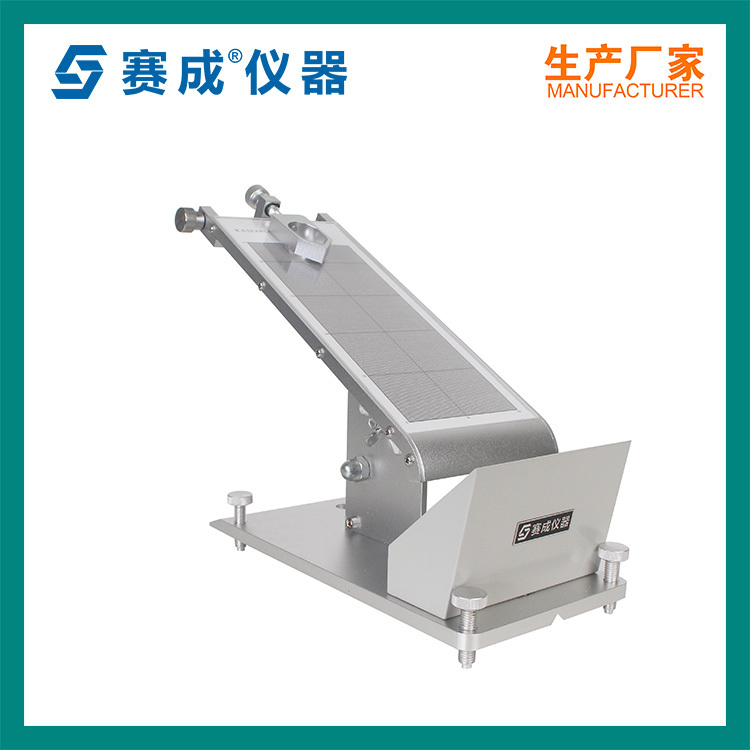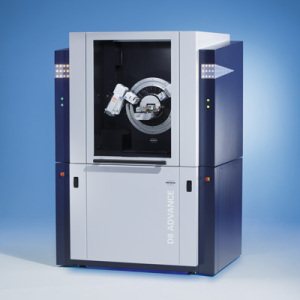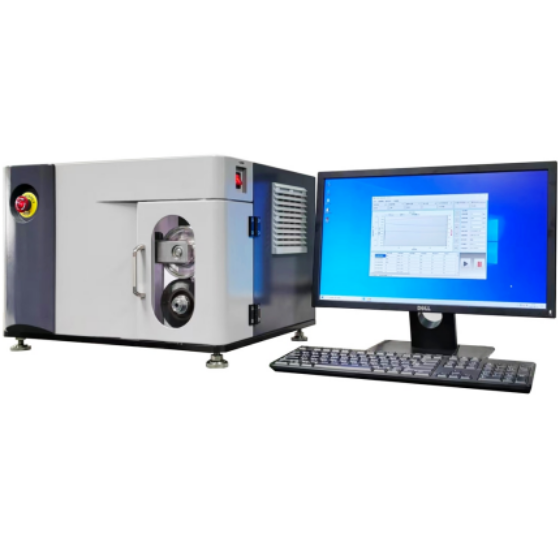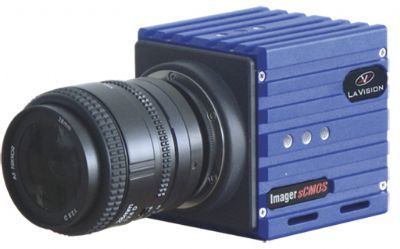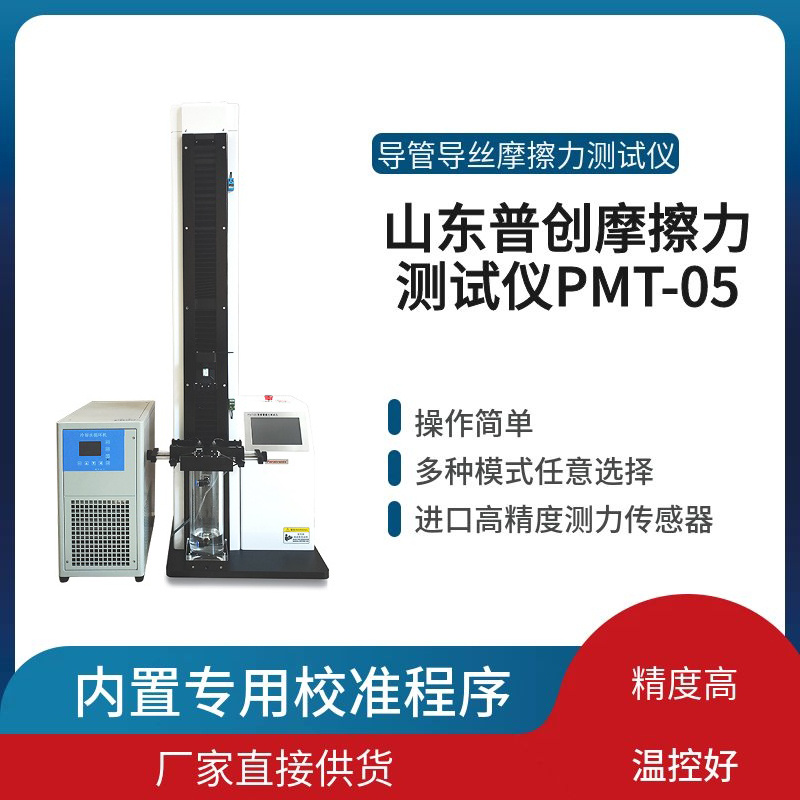悬翼机远端尾流涡旋翻滚
The far wake trajectory of the tumbling tip vortex effect of a reduced-scale, 1 m diame-ter, four-bladed rotor during hover is studied using vortex methods combined with a centerof mass analysis approach. Measurements of all three components of the velocity field areacquired using a stereo PIV system synchronized to capture up to 800 wake age of thevortex with 10 offsets during hover conditions. The nominal operating condition of therotor is at a rotational speed of 1520RPM, corresponding to Rec = 248,000 with a chordlength of 58.5mm. The rotor was operated with a pitch of 7.2± 0.5 and a CT / of 0.029.The far wake vortex tumbling phenomenon is captured and described. It is shown thattip vortices from two blades tumble through approximately 180 of rotation before theycoalesce. It is seen that the parent vortices are stronger than the daughter vortex, but dueto vortex stretching the daughter vortex has a smaller radius with greater swirl strength.An accurate characterization and prediction of the trajectory of the far wake vortex tum-bling can enhance the ability to predict and alleviate the resuspension of particles duringbrownout as well as provide a database for far wake validation of CFD codes.

